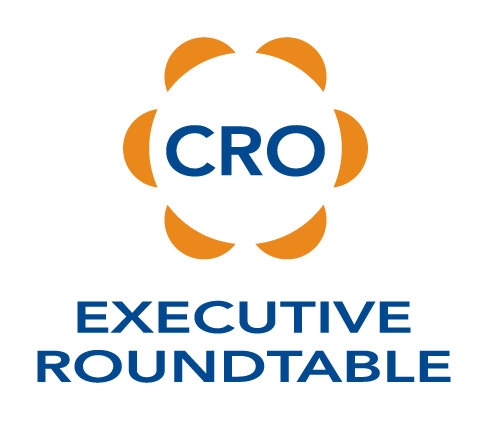Everybody wants a sure thing. They want to kick back and let the money roll in.
But sure as Lucy is going to pull that football away when Charlie Brown comes running, your “prospects” are going to come back with reasons not to buy your product or service. It’s time to put an end to that.
If you’re experiencing fluctuating quarterly revenues, your business may have landed itself a seat on the revenue rollercoaster. Structure is your key to success here. You know that well-run production boils down to thoroughly developed and managed systems; it works the same way with revenue. Accurately predict and generate revenue by operating under the four interrelated core processes that constitute a complete revenue system.
But before we discuss the four core processes, let’s clear the air on prospects…
It’s great when your sales team envisions endless prospects as they gaze upon the world of business. Don’t ever let them lose that sense of the market being theirs to win. But help them keep their feet on the ground while they’re reaching upward. There are ways to identify a lead as a true prospect, or a potential waste of time. Your salespeople should be shaking the money trees, not chasing down tumbleweeds. Teach them to focus on the Differentiating Value that your offering brings, and to also ask Critical Qualifying Questions (CQQs) to uncover problems, frustrations, gaps, losses, and challenges that the potential prospect is experiencing.
Once you’ve got your people going after the true prospects, set them up to lock in realistic sales forecasts. Here’s a quick rundown of the four interrelated core processes:
5 M’s Sales Process: Message, Motivation, Money, Methodology and Market
It’s likely that you already give major consideration to the power behind these words. When all five are achieved, you have the foundation for an objective, measurable sales process. Put them to work for you based on your business today – not hypothetical models.
Bankable Forecast Process: Build your forecast objectively, rather than as a conglomeration of the unique forecasts created by your reps, using the four qualifying elements of the 5Ms above: Motivation, Money, Methodology and Market. These are called the Four Aces, and should be incorporated into your forecast math. If your selling system is well defined and connected to a direct audit trail, you will be able to extract the objective data to report and determine accurately where you are in the qualifying/sales process for each revenue opportunity.
Results-Driven Incentive Process:
If the incentive system isn’t structured correctly, companies typically wind up losing their strongest performers. Focus on improving these seven aspects of your incentive process.
1. Structure your incentives. It is important to keep your company strong and growing, and new business is the best way to accomplish this. So why would you offer the same incentive for both new and existing accounts?
2. Remove the caps. If your salespeople bring value and profits to your company, why shouldn’t they be appropriately compensated for it? If you put a cap on your salespeople’s earnings, you put a cap on your company’s earnings, and may ultimately lose your best salespeople along the way.
3. Create an incentive based on your company’s desired sales outcome. If you want your team to sell to volume, make sure they’re incentivized toward it.
4. Define your sales cycle. Having an understanding of how long a piece of business takes to go from an initial contact to payment for goods/services delivered is critical for both business planning and incentive structuring.
5. Integrate the incentive plan into the business model; don’t allow it to be designed by other groups, such as finance. It’s important that the incentive process supports and rewards a salesperson’s measurable level of contribution.
6. Make incentive payments at customer payment, not based on orders written. Clarify that incentives are earned only upon timely payment of the complete transaction amount. You can pay incentives at any time, but waiting until the payment has been received can save your company money, and legal risk.
7. Help out the low and non-performing reps. Address their performance issues and create a plan for their revival. Leave top leads for high performers to help ensure the business can be closed.
Skills-Based Staffing Process:
If you hire people who fit your core sales force profile, you have better odds for success. The skills and characteristics that best fit your sales positions will be defined by selling process, forecast process, and incentive process metrics.
Not every hire will be successful, but the odds are significantly better when an objective, more structured process is in place.
—
Once you have built these processes into your business structure, forecasting will move from hazy and hopeful guesswork to a clear component of your operation. And remember to update your revenue forecast with changes on a quarterly, if not monthly, basis. Your forecast is a living document that should be constantly reviewed and updated to reflect the changes in your business. Set it up correctly and it will serve your business’ success.



